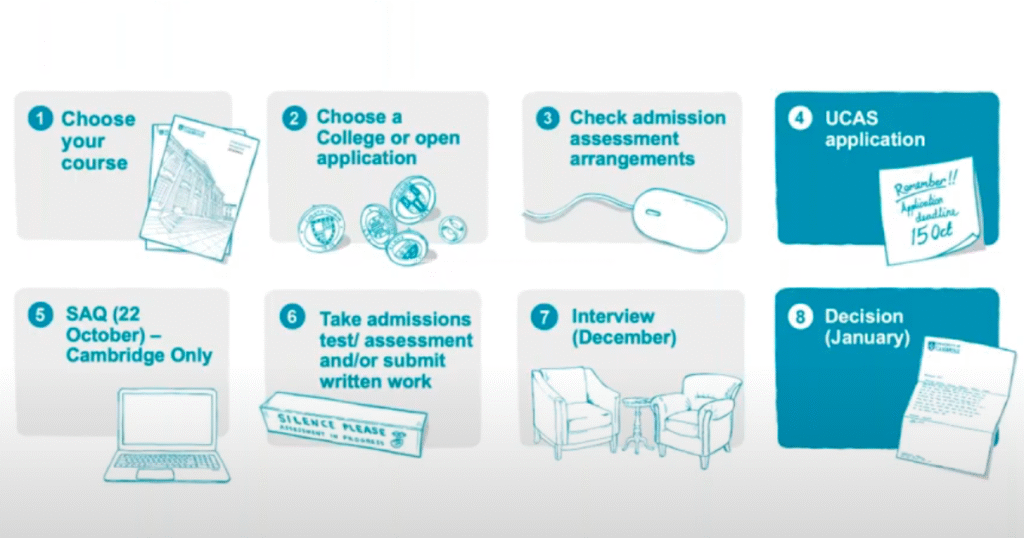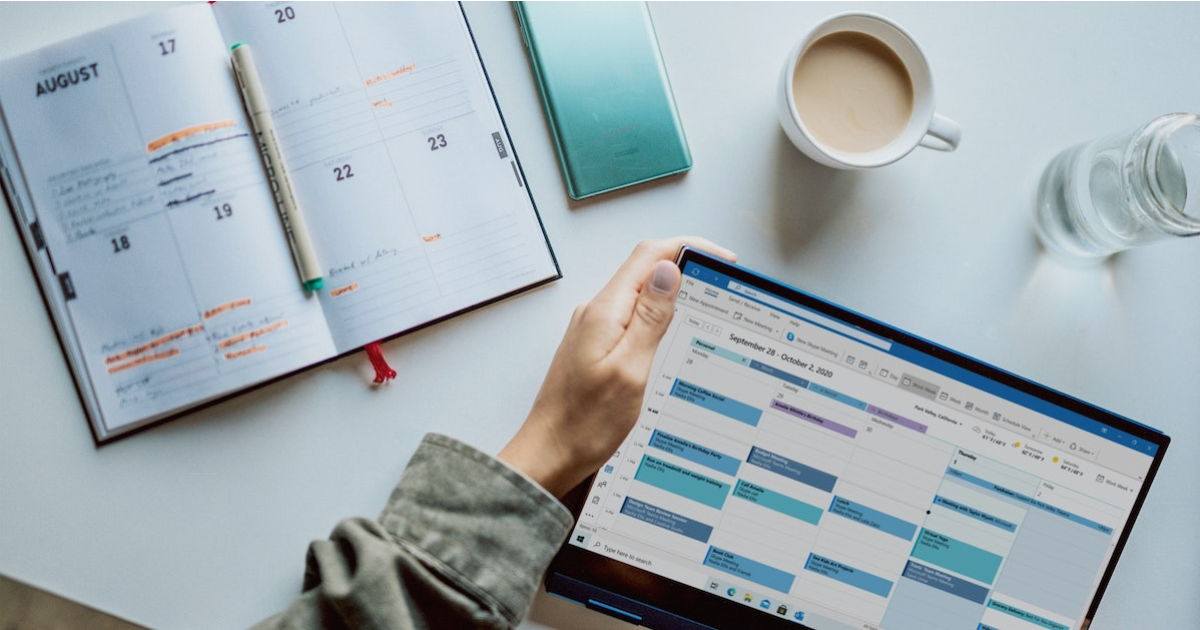Complete UCAS Application Guide for Beginners (Step-by-Step)
Applying to UK universities through UCAS (Universities and Colleges Admissions Service) can feel overwhelming, especially if it’s your first time. This guide will walk you through the key steps of the application process, from start to finish.
1. Register on UCAS Hub
Start by creating an account on the UCAS Hub. You’ll be asked to provide basic information like your name, date of birth, email address, and the year you plan to start university. Once registered, you’ll receive a username and can create a password to access your application.
2. Choose Your Courses
You can apply to up to five courses. These can be at the same or different universities, and they don’t have to be related (although most students choose similar courses). Research each course carefully, checking entry requirements, content, and how it’s assessed. Use university websites and tools like Unifrog or WhatUni to help decide.
3. Fill in Personal Details
Next, complete the personal details section. This includes your address, residency status, and other important information like whether you’ve been in care or have special circumstances. Accuracy is vital as this information is used by universities when making decisions.
4. Add Education and Qualifications
List all your educational institutions from secondary school onward. Include qualifications you’ve completed and any pending results (like A-levels, BTECs, or international equivalents). Be honest—UCAS checks with exam boards, and discrepancies can result in your application being withdrawn.
5. Include Employment History (if applicable)
If you’ve had part-time or full-time jobs, include them in this section. Even if they’re not related to your course, work experience can show responsibility, time management, and transferable skills.
6. Write Your Personal Statement
This is a key part of your application. Your personal statement (up to 4,000 characters or 47 lines) should explain:
- Why you want to study the subject
- What makes you suitable
- Any relevant experiences (work, volunteering, extracurriculars)
- Your long-term goals
Take your time to draft, revise, and ask a teacher or adviser to review it. Avoid clichés and plagiarism.
7. Get a Reference
A reference is usually written by a teacher, tutor, or adviser. It provides a professional opinion on your academic abilities and character. If you’re applying independently (not through a school), you’ll need to request a reference yourself and enter the referee’s email.
8. Pay the Fee and Submit
Once every section is complete and you’re happy with your application, it’s time to pay the application fee:
- £27.50 for up to five courses
- £22.50 for a single course
Double-check everything before submitting. You can’t change your choices after submission unless under specific circumstances.

9. Track Your Application
After submission, use UCAS Track to monitor the progress of your application. Universities will respond with one of the following:
- Conditional offer (you need to meet certain grades)
- Unconditional offer (you already meet requirements)
- Unsuccessful
10. Reply to Offers
You’ll need to choose a firm choice (first preference) and an insurance choice (backup option). Make sure you reply by the UCAS deadline.
Final Tip: Start early, stay organized, and don’t rush your personal statement. Good luck with your university journey!

